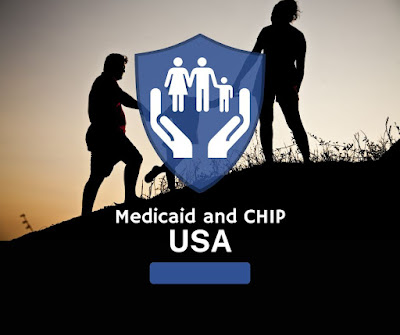Understanding Medicaid and CHIP in the United States
Introduction:
Medicaid and CHIP (Children's Health Insurance Program) are two government-funded programs that provide health coverage to individuals and families with low incomes in the United States. These programs play an essential role in ensuring that all Americans have access to affordable health care, regardless of their financial situation. In this article, we will take a closer look at Medicaid and CHIP, including their eligibility requirements, covered services, and how they differ from one another.
What is Medicaid?
Medicaid is a joint federal and state program that provides health coverage to individuals and families with low incomes. The program is administered by the states, but funding is provided by both the federal government and the states. Eligibility for Medicaid is based on income, and each state sets its own guidelines for income limits. In general, Medicaid covers individuals and families who earn less than 138% of the federal poverty level.
What services does Medicaid cover?
Medicaid covers a wide range of services, including doctor visits, hospital stays, prescription drugs, and preventive care. It also covers long-term care services, such as nursing home care and home health care. The services covered by Medicaid vary from state to state, but all states are required to cover certain basic services, such as inpatient and outpatient hospital care, laboratory and X-ray services, and physician services.
What is CHIP?
CHIP, or the Children's Health Insurance Program, is a separate program from Medicaid that provides health coverage to children in families with low incomes. The program is also funded by both the federal government and the states. Eligibility for CHIP is based on income, and each state sets its own guidelines for income limits. In general, CHIP covers children whose families earn too much to qualify for Medicaid but not enough to afford private health insurance.
What services does CHIP cover?
CHIP covers a wide range of services, including doctor visits, hospital stays, prescription drugs, and preventive care. The services covered by CHIP vary from state to state, but all states are required to cover certain basic services, such as inpatient and outpatient hospital care, laboratory and X-ray services, and physician services.
Difference between Medicaid and CHIP
While both Medicaid and CHIP provide health coverage to individuals and families with low incomes, there are some key differences between the two programs. Medicaid is open to all individuals and families with low incomes, regardless of their age, while CHIP is specifically for children. Medicaid is also a joint federal and state program, meaning that each state sets its own guidelines for eligibility and covered services, while CHIP is a federal program with national guidelines for eligibility and covered services.
Conclusion
Medicaid and CHIP are essential programs that provide health coverage to individuals and families with low incomes in the United States. These programs ensure that all Americans have access to affordable health care, regardless of their financial situation. While both programs are similar, they do have some key differences, and it's important to understand the eligibility requirements and covered services of each program to determine which one may be right for you or your family.

Post a Comment